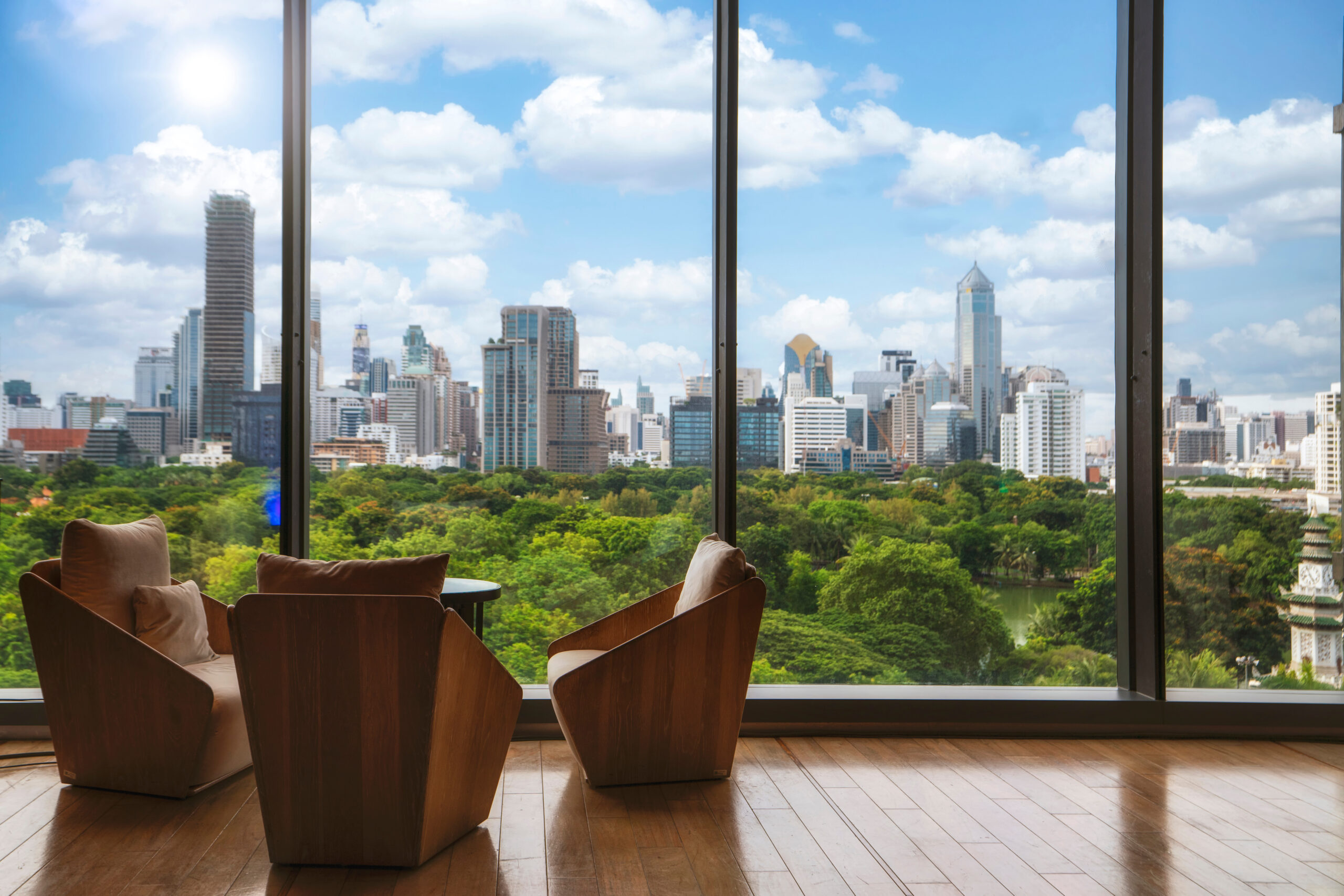News • Jun 25 2025

news • Jun 05 2023

news • Jun 05 2023
The quest for wellbeing is all around us, and it’s only going to intensify. In our previous post, we looked at how the spaces we spend our time in directly influence our ability to live happy, purposeful lives. Whether it’s the hospitals in which we seek medical care or the offices where we work, the built environments in which we exist serve as key indicators of our level of wellbeing. Now, the commercial design industry is taking notice, and it’s important to embrace this opportunity. Here’s a look at how the important lessons of wellbeing design can be implemented to ensure a happier, healthier future for everyone.
Across the world, there are a variety of venues that have implemented wellbeing design, and are currently reaping the benefits. One example is the growing trend of wellness tourism, in which people pursue physical, mental or spiritual growth through travel. In 2020, Miraval opened its newest location in the Berkshires, boasting everything from a 29,000-square-foot Life in Balance Spa to activities like cardio drumming and spin classes. Even larger, luxury hotel chains have worked extensively to implement wellbeing design into their repertoire. New features at Four Seasons hotels include everything from an entire wellness floor to a Center for Health & Wellbeing equipped with stress reduction classes and healing sound baths.
Spaces that specifically cater to physical wellbeing, like the popular luxury gym chain Equinox and Remedy Place, known as “the world’s first social wellness club,” are also strong examples. It’s no surprise that the global wellness tourism market size was valued at $814.6 billion in 2022, and is expected to expand at a compound annual growth rate of 12.42% from 2023 to 2030. Clearly, customers recognize the value of investing in programs that target their wellbeing.
Wellbeing design goes far beyond luxury concepts. In fact, many office spaces consider wellbeing design to be an essential component of maintaining a happy and healthy workforce, particularly as they attempt to get workers back following the pandemic.
When employees began returning to the office in 2021, employers recognized they needed to cultivate spaces that people actually wanted to spend half their lives in. However, this proved to be a complex task. As a result, they took the tenets of wellbeing design to heart.
Look at companies like Orgain, which has a new 25,000-square-foot office space in Irvine, Calif. As cited in Workplace Design Magazine, it offers everything from open-plan workstations and a product test kitchen to a warehouse with a basketball court and an outdoor patio. The materials they used to build out the space also cater to wellbeing, whether it’s wood elements, biophilic design, colorful murals, and natural light. It’s also visible at Google’s headquarters, where meditation chambers combine light, technology, and sound, or Meta’s London offices, which feature landscaped roof gardens and terraces that offer a “biodiverse” space with views of the city.
The benefit of integrating these elements into the workplace is statistically proven: The Global Impact of Biophilic Design in the Workplace study found that spaces with natural features reported 15% higher levels of overall well being, with respondents expressing that they felt 6% more productive and 15% more creative at work, according to Forbes. Employees are both productive and at peace. By creating a space that’s conducive to productivity and peace of mind, companies are solidifying their support of staff and fostering an environment that encourages success.
Having elements of wellbeing design where we live is an essential component to creating a home. That’s why developers are actively seeking out the previously mentioned components, including high-quality, natural materials, biophilic design features, and plenty of natural light. You may have noticed the increase in demand for natural wood tones, soothing color palettes, and “calm zones” that help residents find comfort where they live. This demand will only increase as time goes on, according to research. Experts say in the future, housing will better respond to residents’ diverse cultures and lifestyles, and that means incorporating the elements that encourage wellbeing.
The public has already grabbed hold of the importance of wellness design, and it’s time for the commercial design world to catch up. Herein lies an amazing opportunity to embrace the inevitable future shift, which will see wellbeing design as essential instead of elective. Market research fully supports this assumption: In 2022, McKinsey estimated the spend on wellness products and services to be more than $450 billion in the US, and noted that it is actively growing at more than 5 percent annually. Whether it’s urgent care centers designed to encourage efficiency and embrace natural materials or luxurious venues for wellness tourism, it’s clear that the lessons of wellbeing design must be extensively considered at every juncture of business.
News • Jun 25 2025
News • Jun 10 2025
Generis Collective can be your single point of contact for all your property development needs- providing leadership across every stage of your project and managing all moving parts. Let’s connect and start transforming your guest experience.